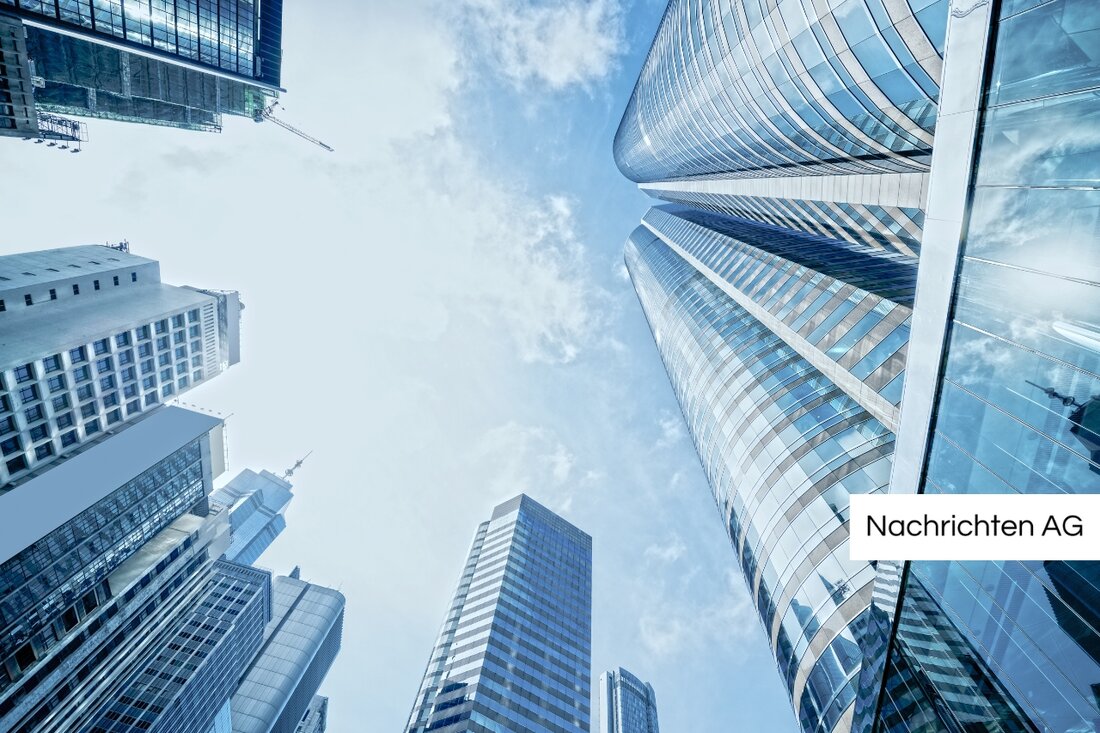Climate change in Europe: This is how we fight the heat islands in cities!

Climate change in Europe: This is how we fight the heat islands in cities!
Leibnitz, Österreich - The summer heat has a firm grip and the challenges of climate change are more noticeable in our cities than ever. On July 11, 2025, Johann Rechberger in his article on meinzirk.at illuminated the explosive topic of the urban hot islands. These heat islands are created by a combination of high traffic volume and heat -absorbing building materials that significantly influence the quality of life in our cities.
The increasing temperature fluctuations not only have health effects on the residents, but also reduce the quality of stay outdoors. This becomes particularly clear in Vienna, where the heat waves have increased noticeably. These developments make it clear how important it is to find innovative solutions for adapting urban regions to the climatic challenges.
The contribution from concrete to cooling
But what can be done in this situation? A promising approach is the use of light concrete. According to concrete-dialog.at, reflective concrete can reflect the sun's rays increased by the so-called albedo effect and thereby reduce the heat in our cities. According to studies, such measures could reduce the temperatures in urban areas by 1.4 ° C and even reduce the number of heat waves by more than 40 percent.
pilot projects such as "Adapt Uhi" show that work is being done on cities such as Salzburg, Klagenfurt and Mödling to develop tools for urban planners that address the problem of urban heat islands. This includes innovative ideas such as bright surfaces, green areas and so -called cooling parks, which can make a valuable contribution to improving the microclimate. Research on green roofs and infiltrate surfaces also confirms the positive influence of such green construction methods on the city climate.
health risks and social consequences
climate change and extreme weather conditions in particular put people's health to the test. According to a comprehensive report by the Hafencity University of Hamburg, which deals with the effects of climate change, older and health -stricken people are particularly at risk. repos.hcu-hamburg.de emphasizes that the average temperature in cities up to 2100 could increase by up to 3.7 ° C. In some cases, the temperature difference between the city and the surrounding area can even be more than 10 ° C.
An example of the dramatic situation was the heat wave in 2003, which resulted in around 7,000 deaths in Germany. With 75 percent of the population who live in cities, the need to take measures to take action and adapt the urban structures accordingly. Targeted information and a uniform strategy to combat urban heat islands must also be developed here.
in the South Styria region, which is known for its beautiful nature and culinary wealth, there are numerous initiatives to promote the important inn culture. As part of the “Meinzirk-Meinwirt” campaign, not only the hosts are recognized, but also the opportunities to enjoy this great place without enjoying the usual traffic jam. The South Styrian region is perfectly staged as an attractive holiday destination that makes your stay in nature a real experience.
The baure portage about the in Gamlitz shows how old building fabric can be obtained with a lot of skill and in accordance with nature. Mayor Friedrich Partl leads the renovation of the former parish hall and thus makes a valuable contribution to receiving the local infrastructure and culture.
In summary, it shows that the challenges of climate change are not just an urban problem, they affect us all. With innovative ideas and a sustainable approach, we can defy the heat and get our quality of life. However, this requires the common use of politics, business and society in order to continue to offer our cities a pleasant climate in the future| Details | |
|---|---|
| Ort | Leibnitz, Österreich |
| Quellen | |
